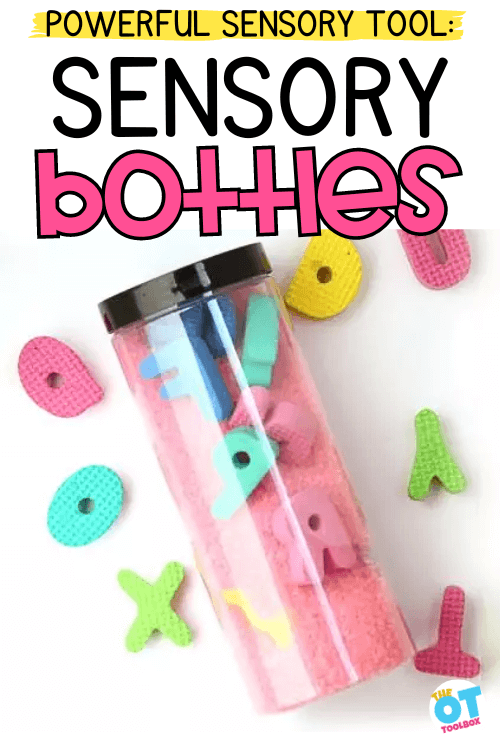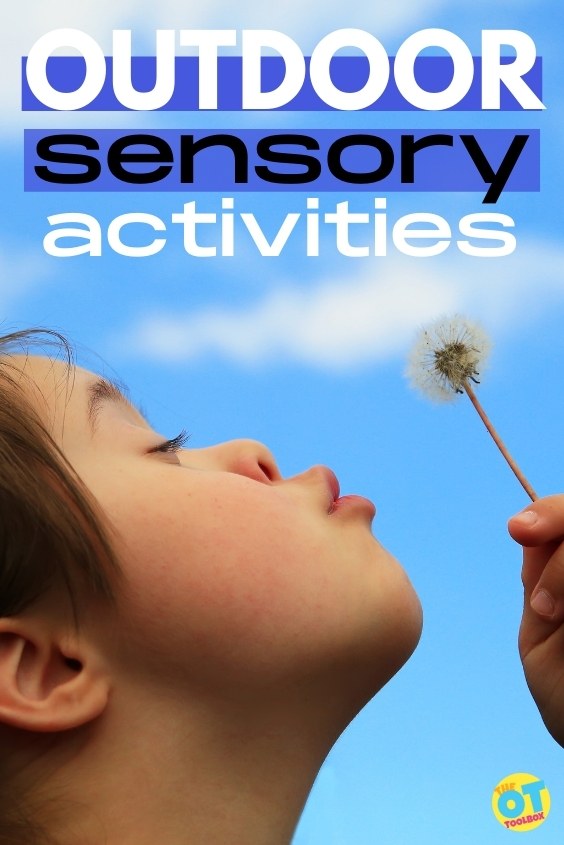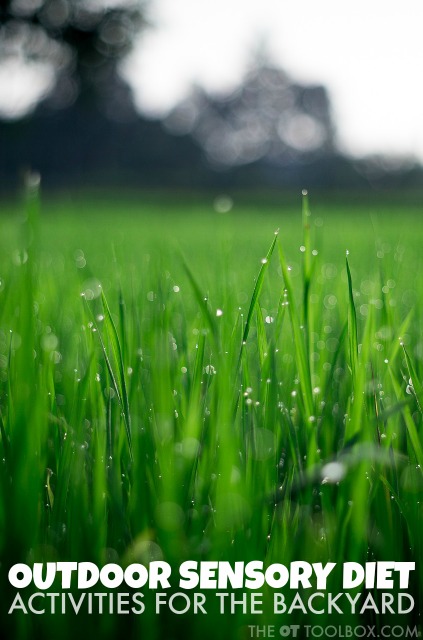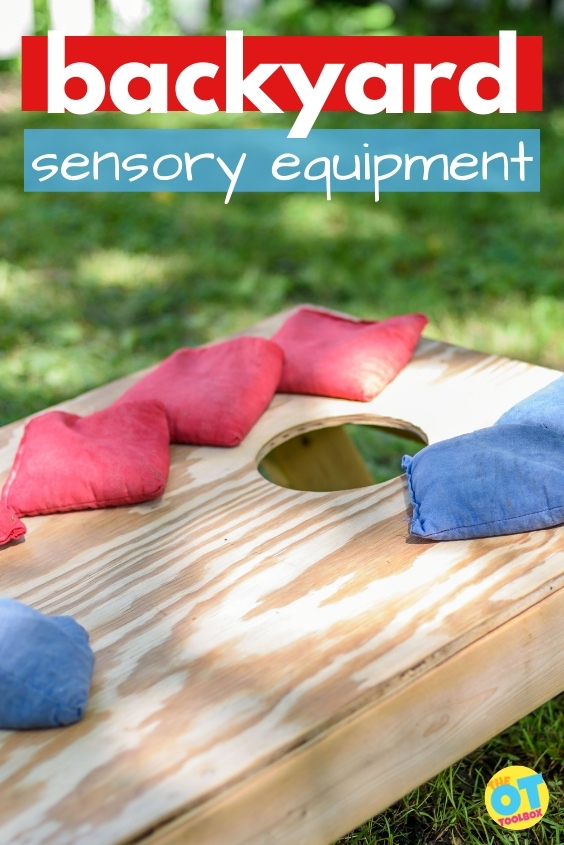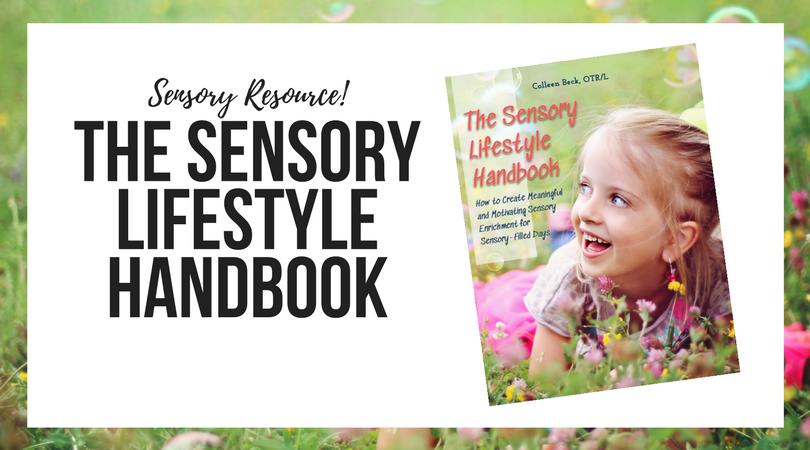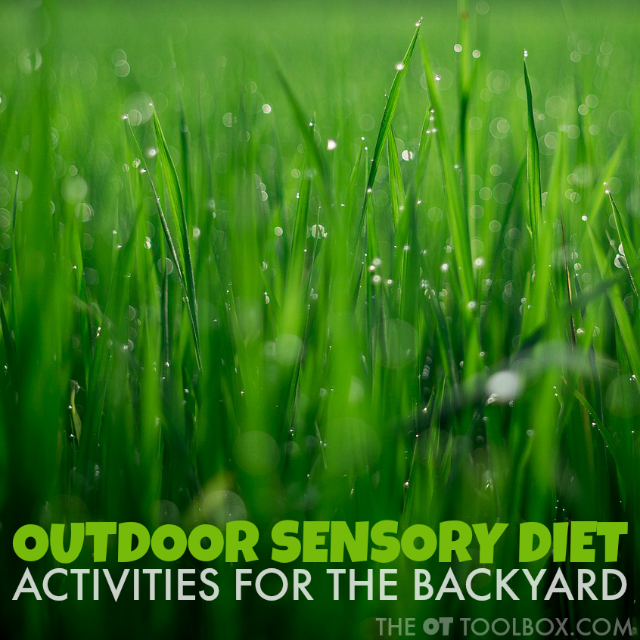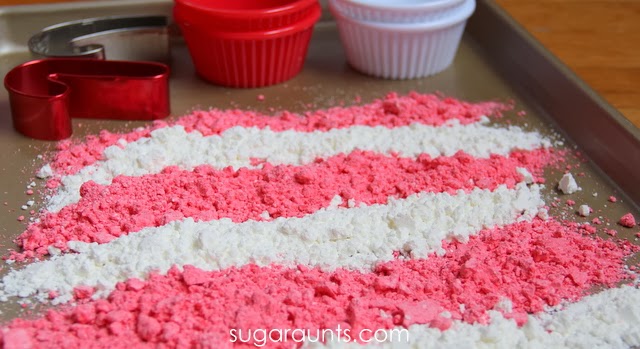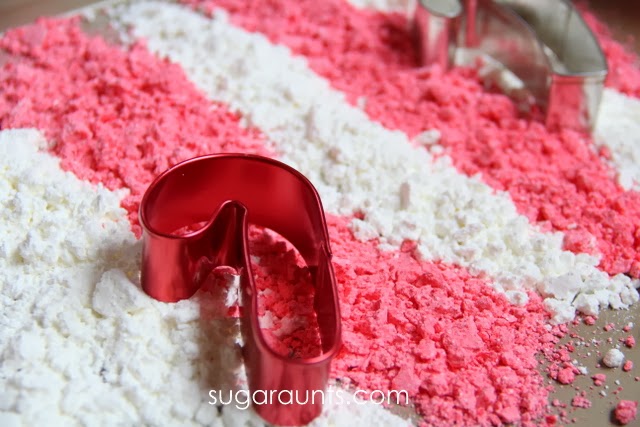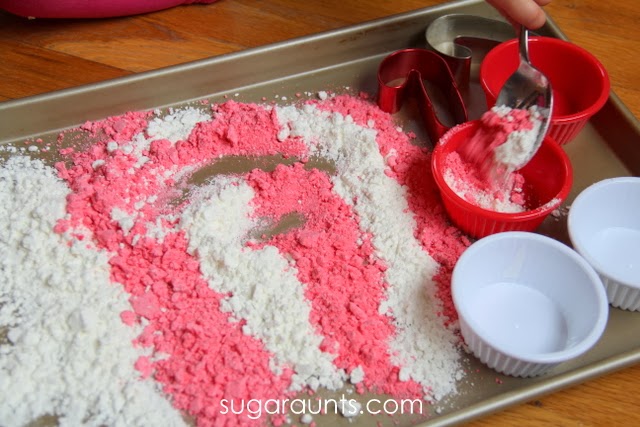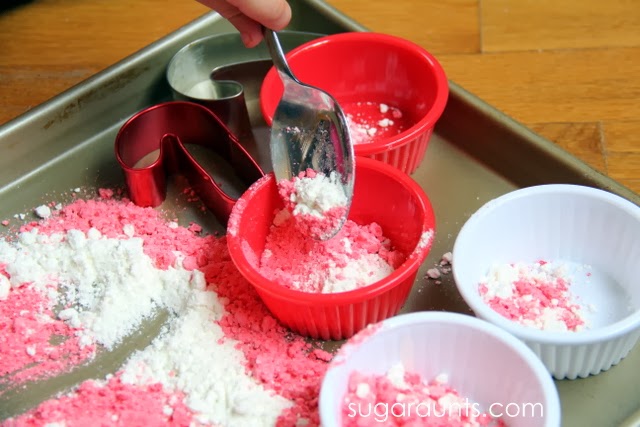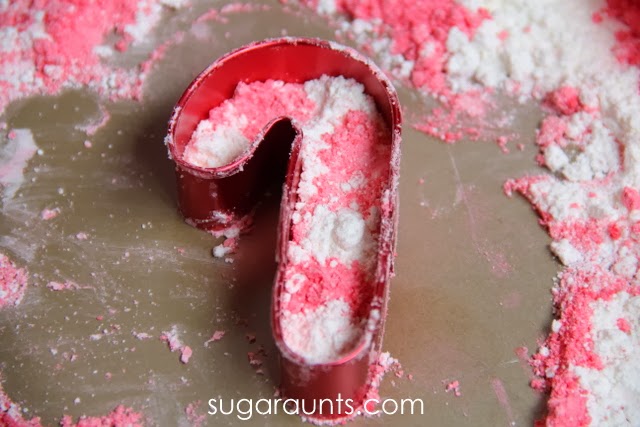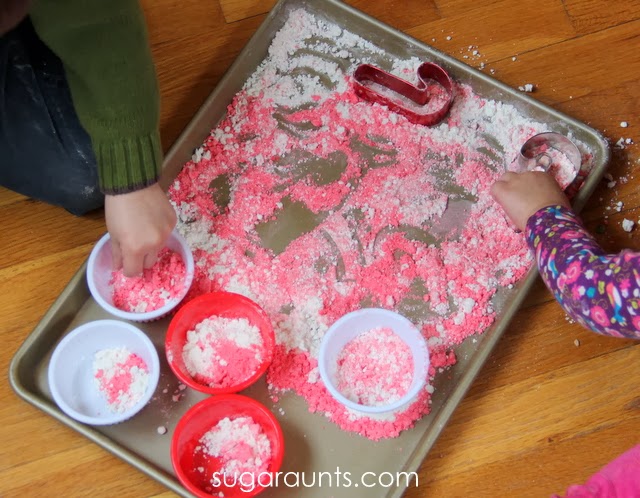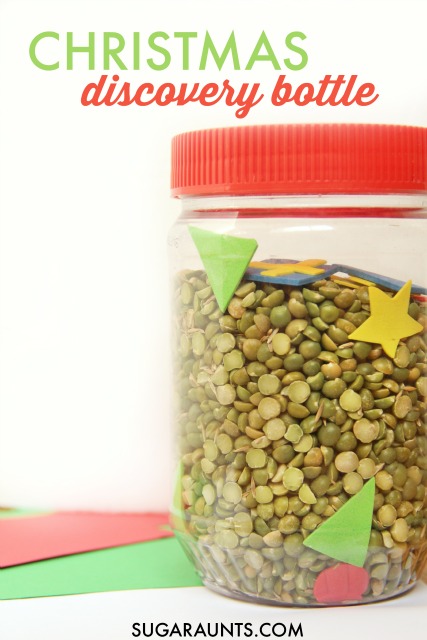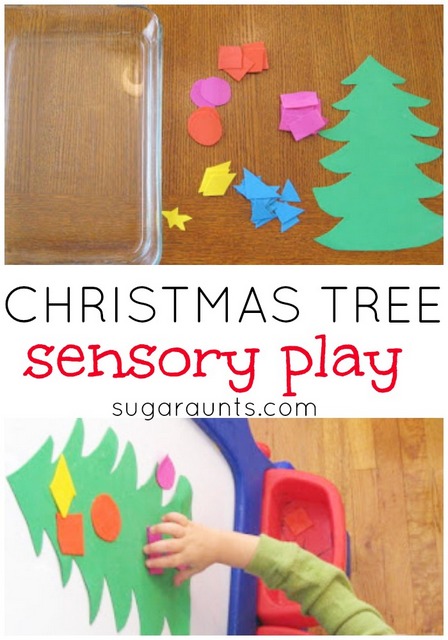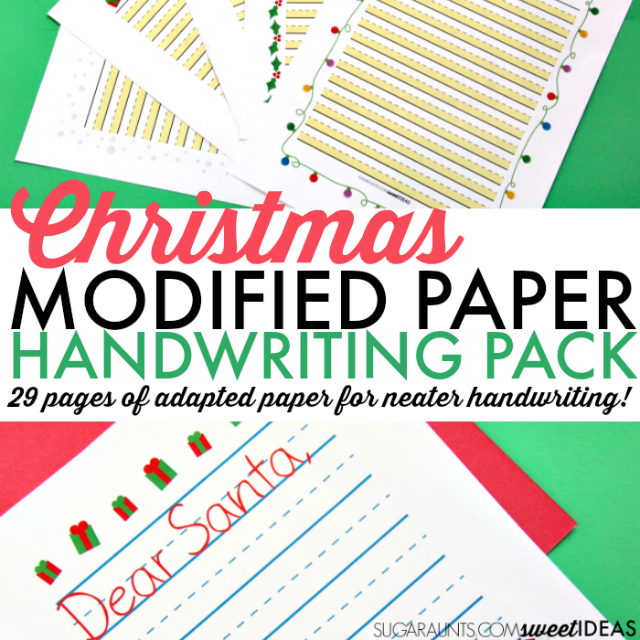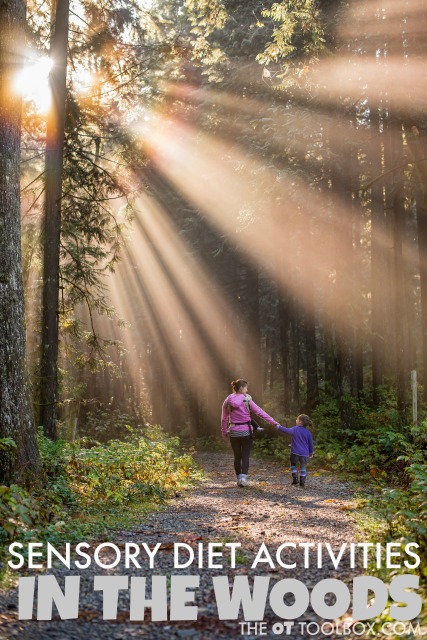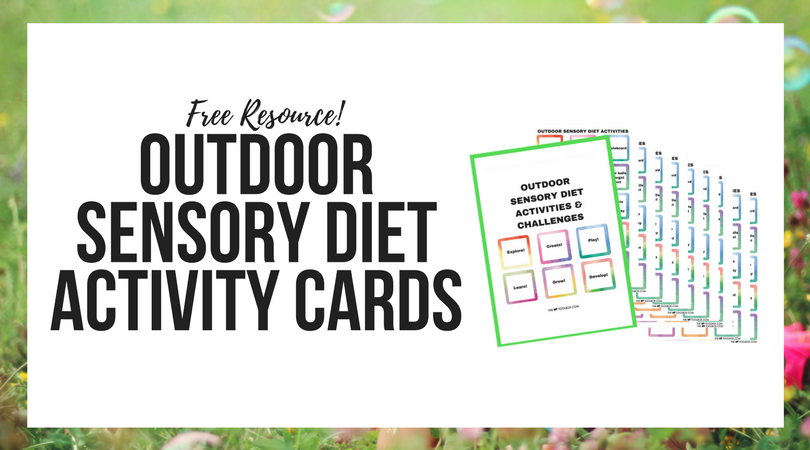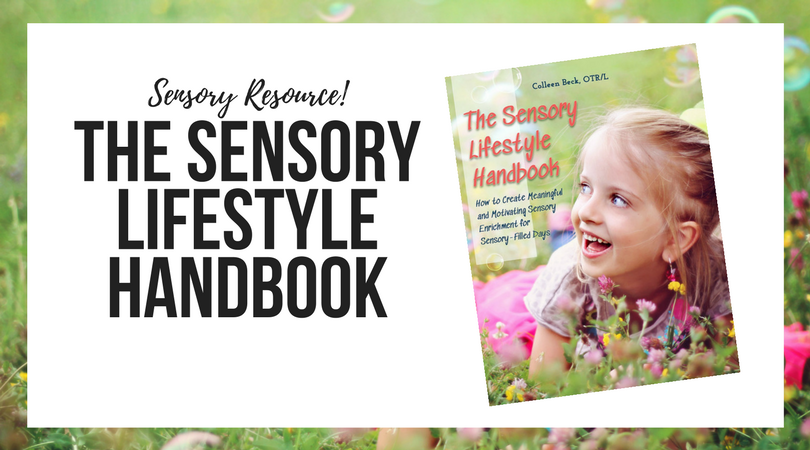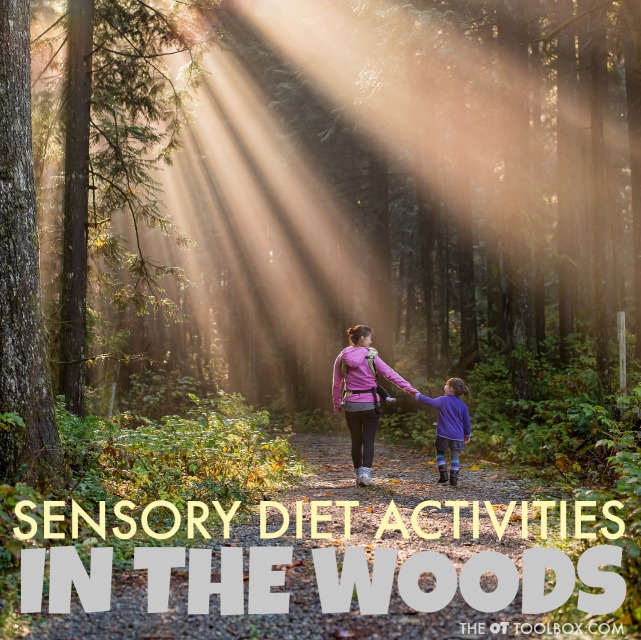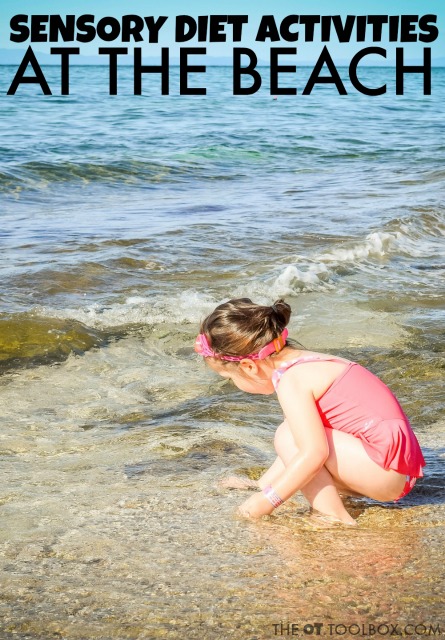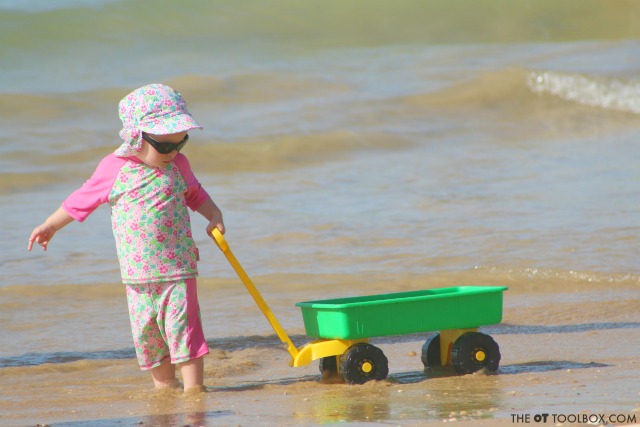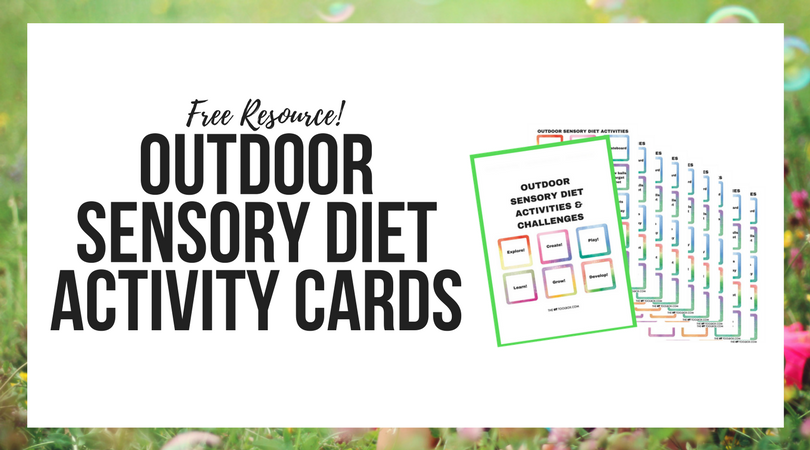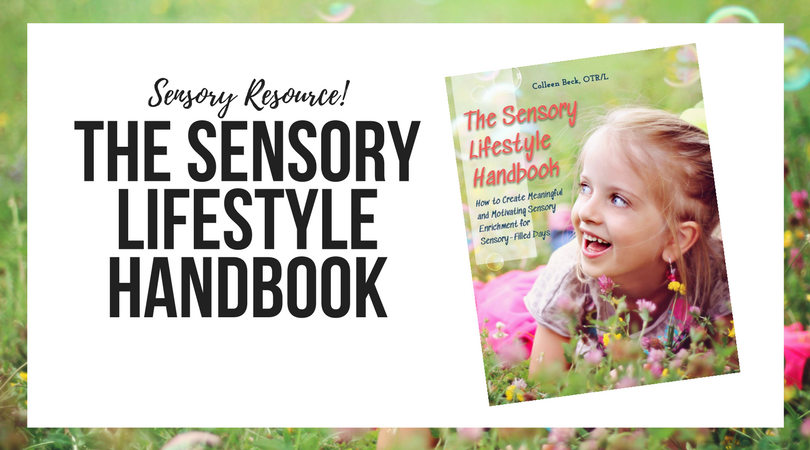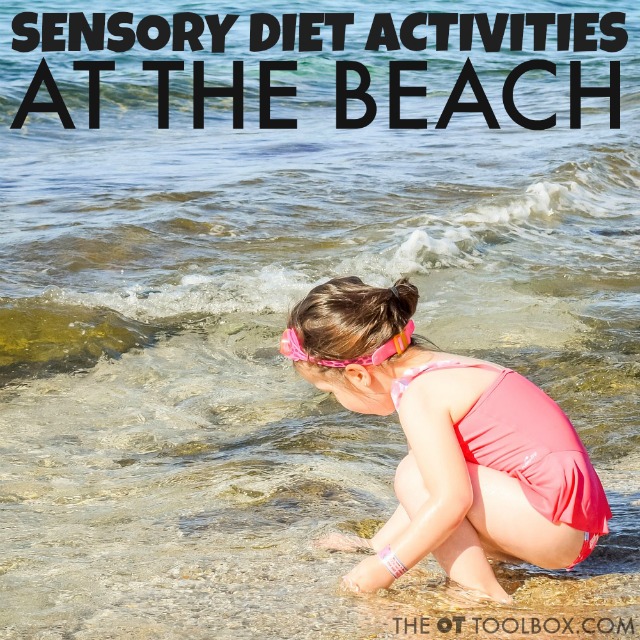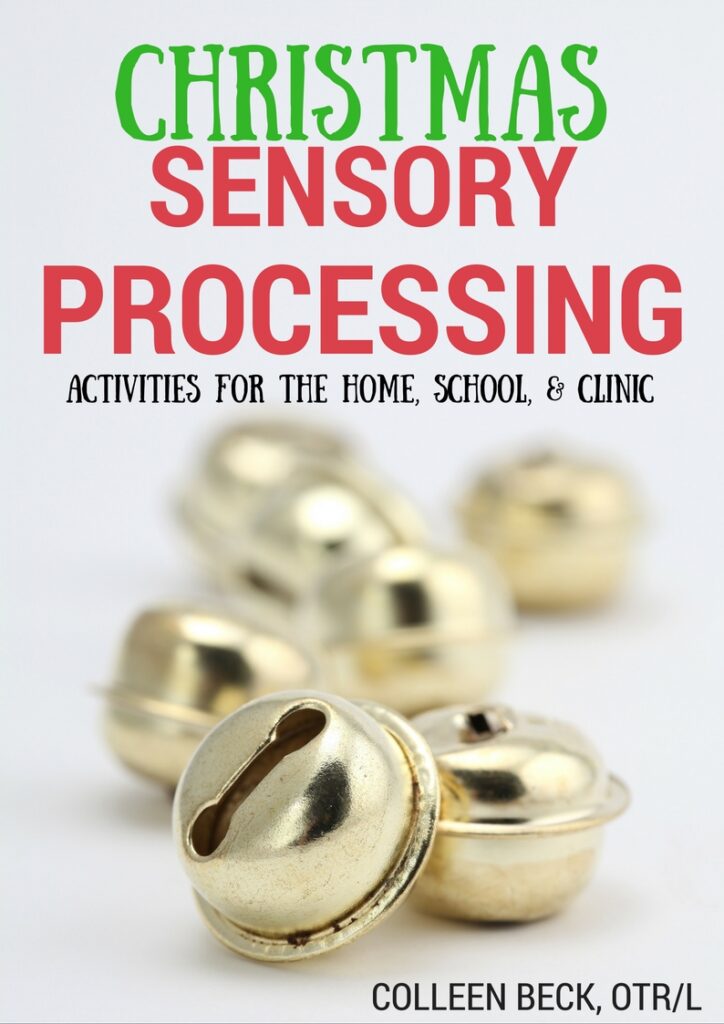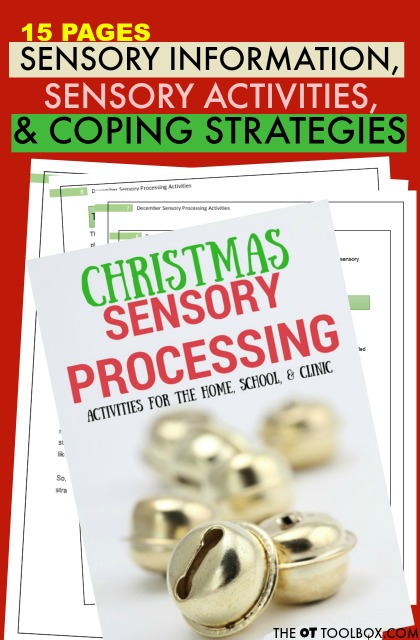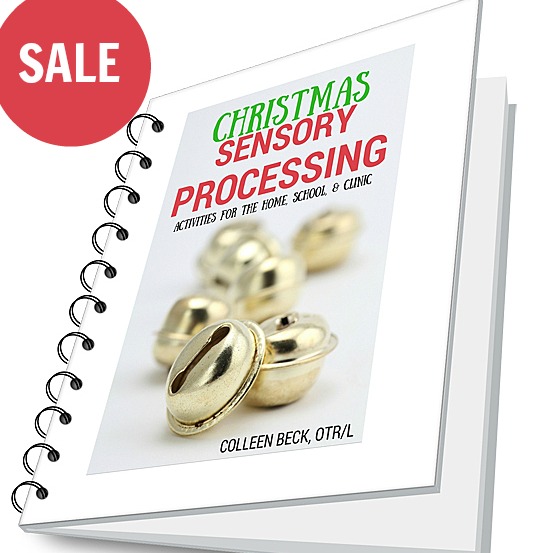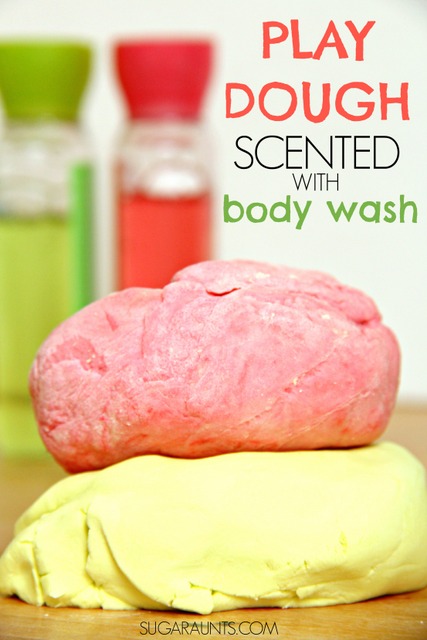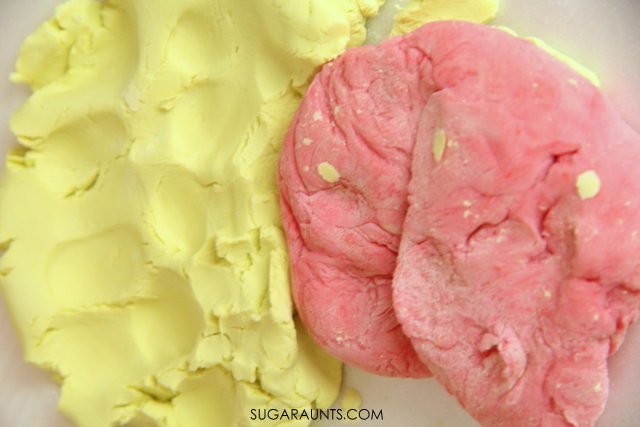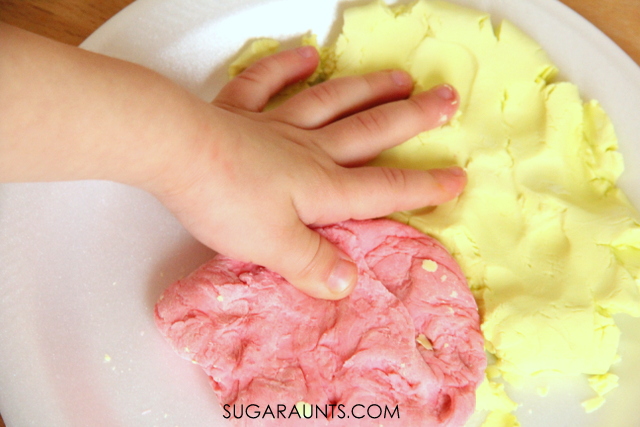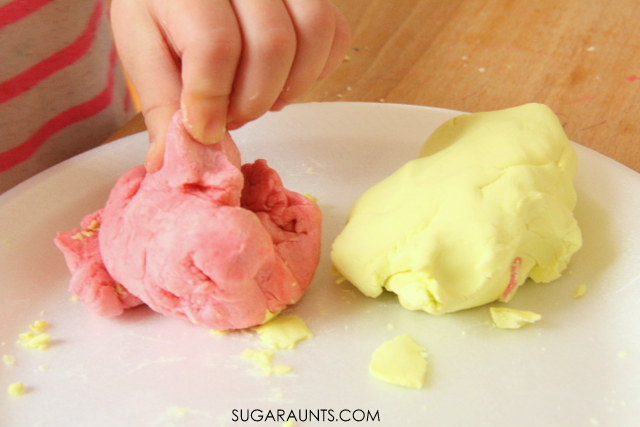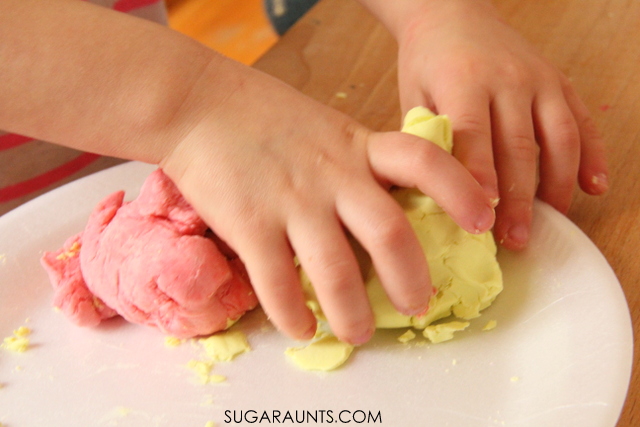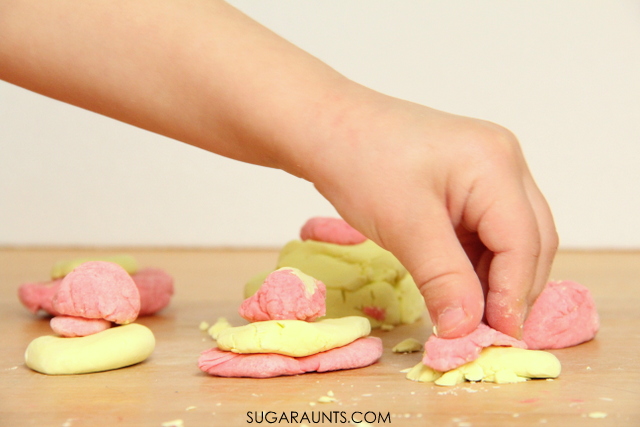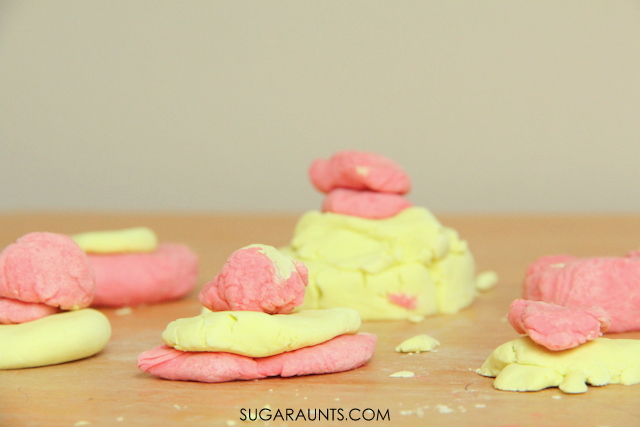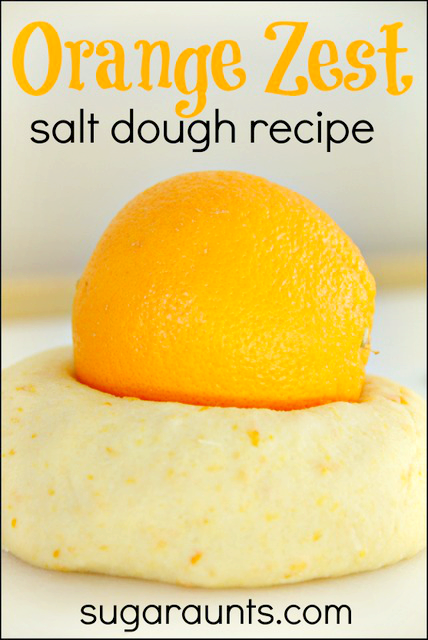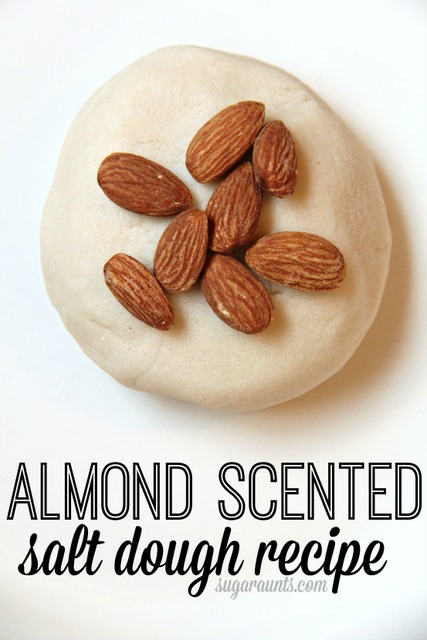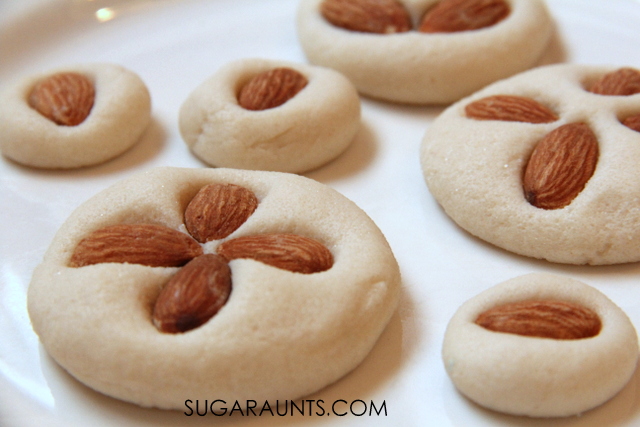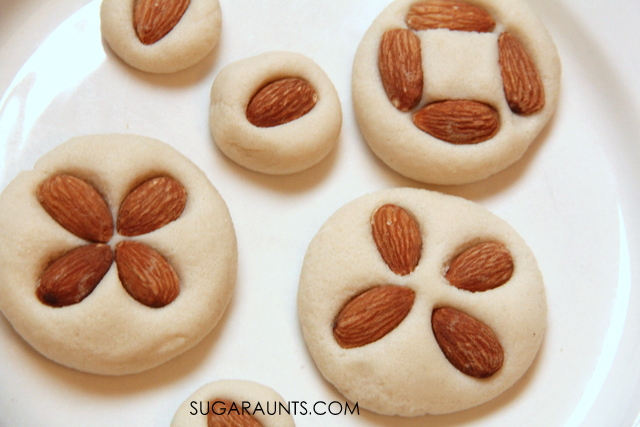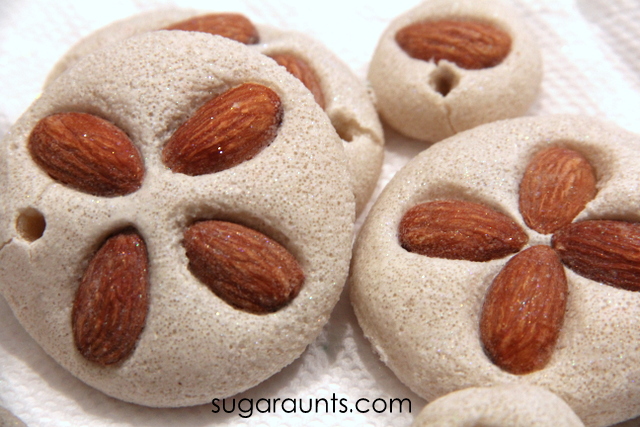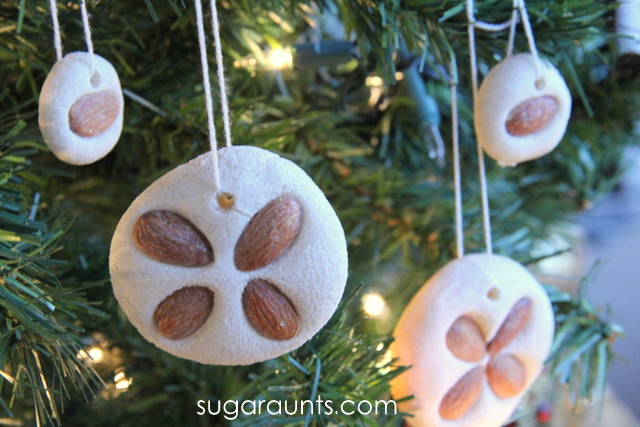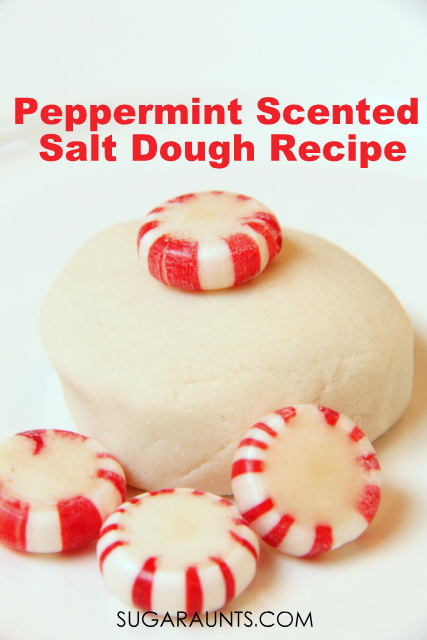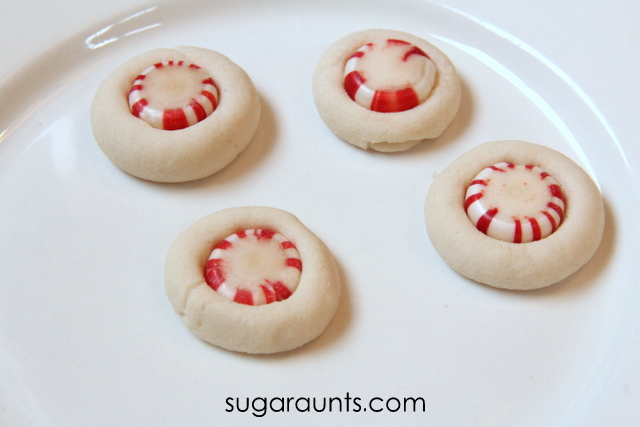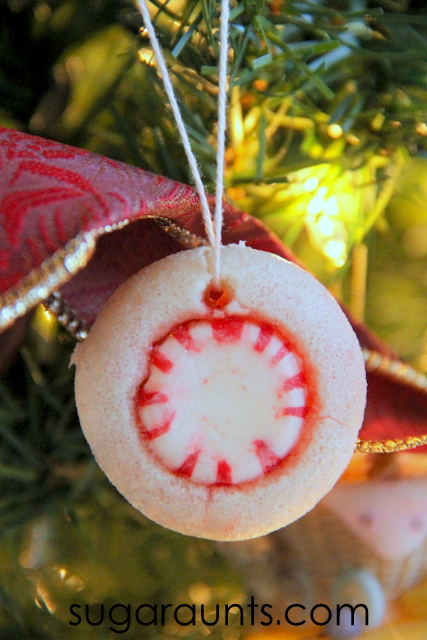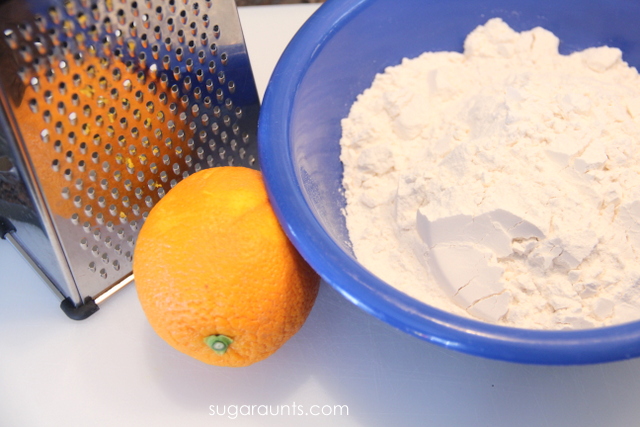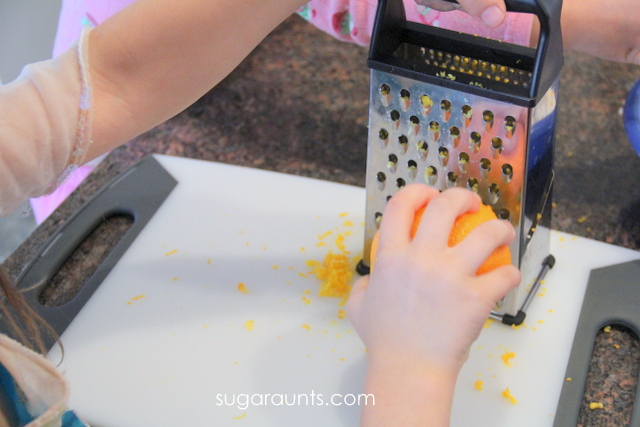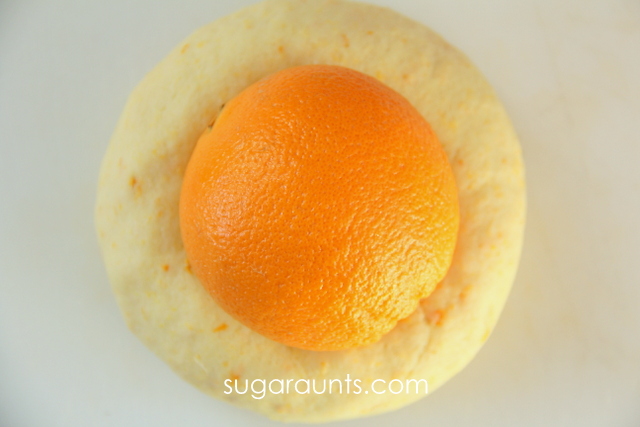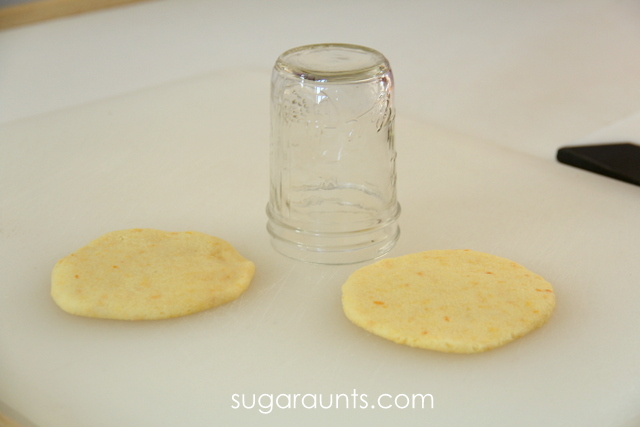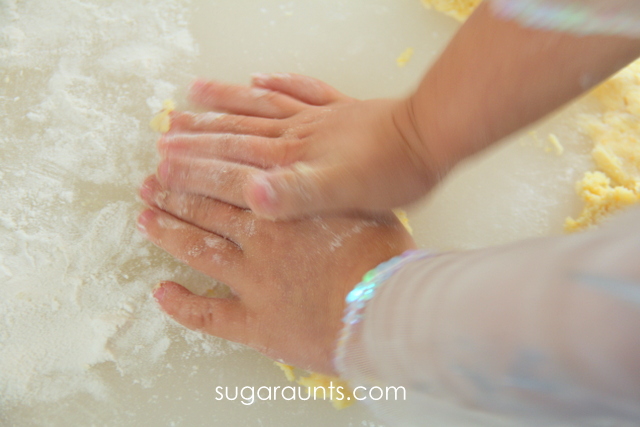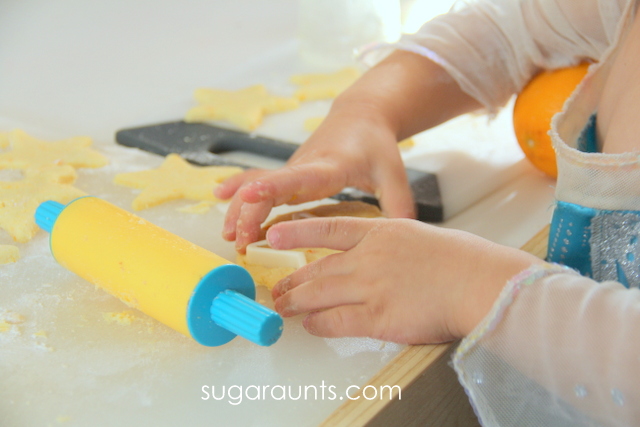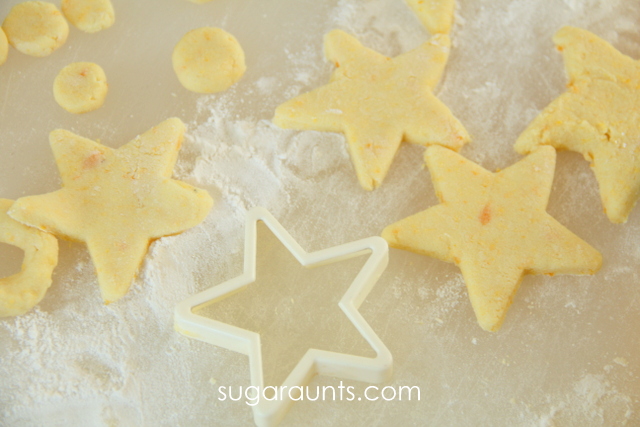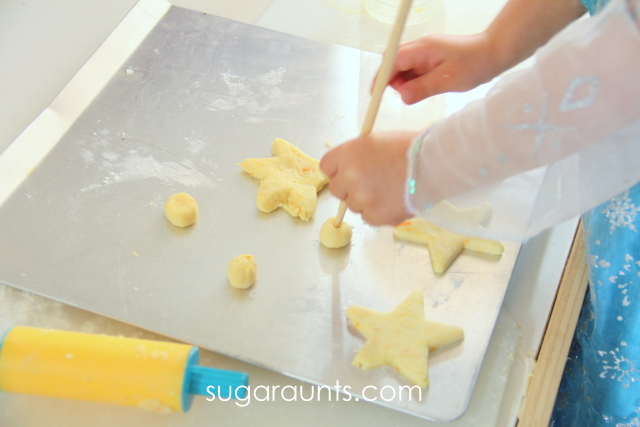Here, you’ll find olfactory sensory activities and Scented ways to play and learn this week. The sense of smell is a great way to impact learning, and scented activities are not just fun. You can add these scented play ideas in smell sensory activities for toddlers, preschoolers, and older ages. Use the sense of smell in learning!
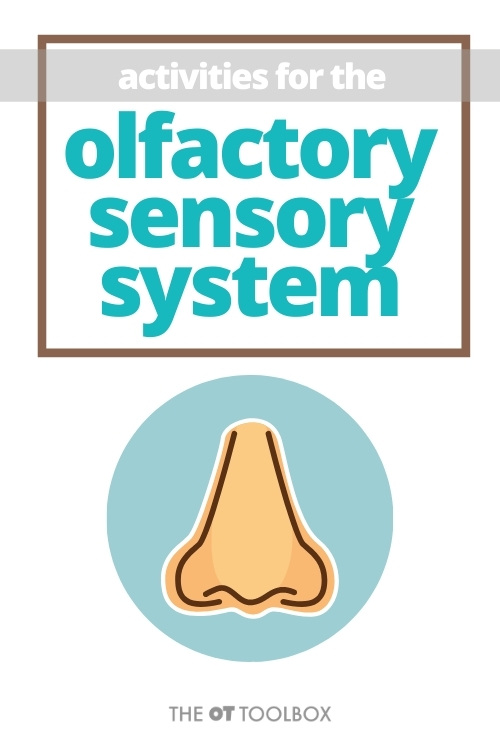
What is The Olfactory System
The olfactory system, or the system that enables the sense of smell, has receptors in the tissue of the nose that are connected by pathways to the brain. Connections occur via two pathways, one being a direct route to neurons in the brains and the second being a path that passes near the roof of the mouth. This channel is connected to the taste of foods.
There is some evidence indicating that the sense of smell is more associated with memory than the sense of vision or the other senses. The connection of the olfactory sense to the emotional part of the brain and previous experiences, as well as hypersensitivity or hyposensitivity to smells can cause anxiety or sensory related breakdowns in children with sensory processing difficulties.
There are many different ways to approach therapeutic intervention related to the olfactory sense.
- Different scents can be used in therapeutic manners. The child who is hypersensitive to scents can use unscented soaps and lotions.
- Try calming scents to soothe or relax: vanilla, floral, chamomile
- Try alerting scents to stimulate or alert: citrus, peppermint
- Use caution with essential oils and scents in general with children. Not all scents are safe for kids.
Hyper-responsiveness of the olfactory sense may present in a child as over-responsiveness or overreaction to olfactory sensation. This may look like:
- Overly sensitive to smells
- Notices smells others don’t
- Anxious around certain smells
- Holds nose in response to certain scents
Adaptations/Accommodations to address hyper-responsiveness of the olfactory sense:
- Provide the child with tools scented with preferred scents (Wooden pencils can have a scent that interferes with a child’s attention. A plastic mechanical pencil may be a better option.)
- Trial various laundry detergents/soaps to find a preferred scent (Unscented detergent can still produce a noxious scent for some individuals.)
Hypo-responsiveness of the olfactory sense may present in a child as under-responsiveness or underreaction to olfactory sensation. This may look like:
- Smells unusual items like paper or certain materials
- Prefers strong scents
Adaptations/Accommodations to address hypo-responsiveness to the olfactory sense:
- Preferred tools for use in the classroom and home
- Preferred laundry detergents/soaps
Olfactory Sensory Activities
We love sensory play of all kinds and the olfactory sense is such a great way to explore through the senses. Olfactory sense (or the sense of smell) is such a powerful sense.
There is a lot to know about the sense of smell. The sense of smell brings strong memories and so pairing scented play with learning is a great way to use that strength. Looking for a few scented activities?
Check out these fun scented olfactory sensory activities children will love:
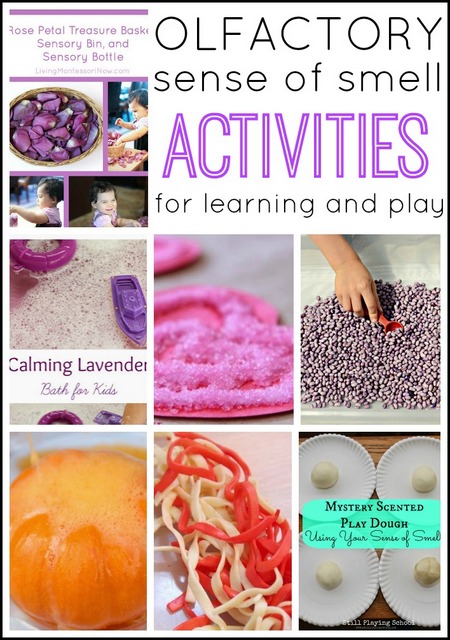
Scented sensory play ideas
Scented Sensory Play with Pumpkins and pumpkin spice scent from Frogs and Snails and Puppy Dog Tails.
Rose Sensory Bin with rose petals from Living Montessori Now
Lavender Bath with scented water from Frogs and Snails and Puppy Dog Tails
Scented Play Dough from Still Playing School
Some of our favorite scented ways to play and learn:


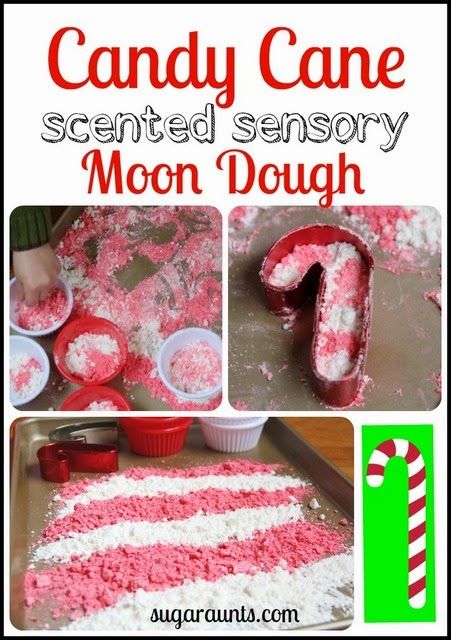
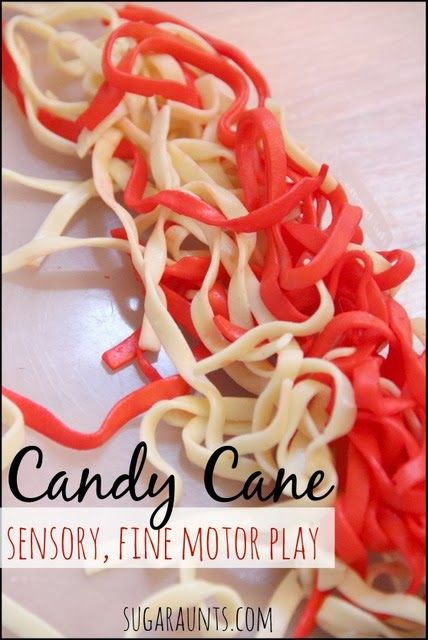
- Scented salt art
- Lavender water bin
- Play Dough Scented with Body Wash
- Scented moon dough
- scented noodle play
- Almond Scented Salt Dough
- Gingerbread Scented Salt Dough
More olfactory sensory activities for kids
In the Sensory Lifestyle Handbook, you’ll find sensory strategies that are easily integrated into everyday life. Grab this resource to learn more about the olfactory sense and how this sensory system impacts functional tasks.

Colleen Beck, OTR/L has been an occupational therapist since 2000, working in school-based, hand therapy, outpatient peds, EI, and SNF. Colleen created The OT Toolbox to inspire therapists, teachers, and parents with easy and fun tools to help children thrive. Read her story about going from an OT making $3/hour (after paying for kids’ childcare) to a full-time OT resource creator for millions of readers. Want to collaborate? Send an email to contact@theottoolbox.com.

